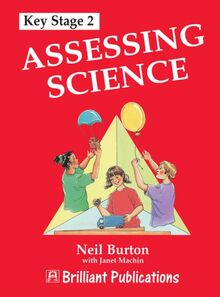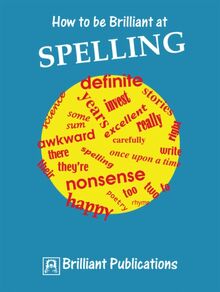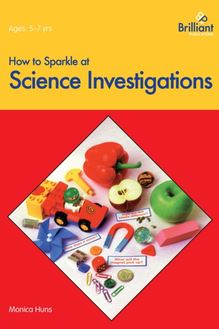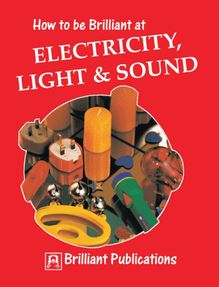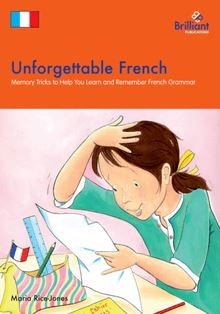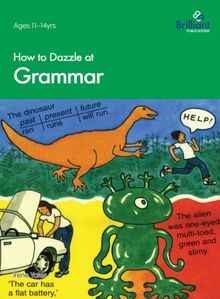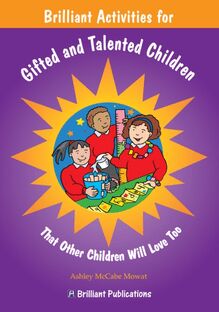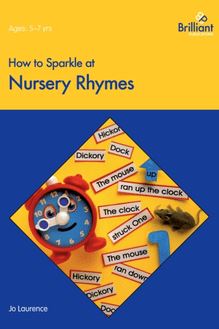How to Sparkle at Nursery Rhymes , livre ebook
77
pages
English
Ebooks
2013
Vous pourrez modifier la taille du texte de cet ouvrage
Obtenez un accès à la bibliothèque pour le consulter en ligne En savoir plus
Découvre YouScribe en t'inscrivant gratuitement
Découvre YouScribe en t'inscrivant gratuitement
77
pages
English
Ebooks
2013
Vous pourrez modifier la taille du texte de cet ouvrage
Obtenez un accès à la bibliothèque pour le consulter en ligne En savoir plus
Publié par
Date de parution
09 janvier 2013
Nombre de lectures
0
EAN13
9780857475893
Langue
English
Publié par
Date de parution
09 janvier 2013
Nombre de lectures
0
EAN13
9780857475893
Langue
English
Title page
How to Sparkle at Nursery Rhymes
Jo Laurence
Copyright page
Originally published by Brilliant Publications
Unit 10, Sparrow Hall Farm, Edlesborough, Dunstable, Bedfordshire, LU6 2ES, UK
E-mail: info@brilliantpublications.co.uk
Website: www.brilliantpublications.co.uk
General information enquiries:
Tel: 01525 222292
The name Brilliant Publications and the logo are registered trademarks.
Written by Jo Laurence
Illustrated by Kate Ford
Cover photograph by Martyn Chillmaid
First published in 1996. Reprinted 1999, 2005, 2009.
© Jo Laurence 1996
The right of Jo Laurence to be identified as the author of this work has been asserted by her in accordance with the Copyright, Designs and Patents Act 1988.
2012 digital version by Andrews UK Limited
www.andrewsuk.com
Introduction
This book is one of a set of four devoted to basic strategies which will help early or beginning readers to find their way through the maze of complicated skills which make up the ability to read.
It is widely recognised by reading experts that children who have learned and absorbed the traditional nursery rhymes before they come to school have an advantage when it comes to beginning reading. Extensive research has proved that children who cannot recognise words that rhyme with each other often have difficulties when learning to read. Some children come into school knowing rhymes, some do not. Learning and reciting the rhymes together is an excellent beginning strategy towards the sharing and use of language.
The rhythm of the rhymes helps children to remember the words, which, in turn, helps to develop their auditory memory skills. When they have learned the words and then see them in print they find they can ‘read’ them. Not only will this give them a greater understanding of how the written word represents the sung or spoken word but it will help to develop their visual memory.
Once the children have grasped the idea of rhyme and rhythm you can play games with them which will give the children even greater skills: Give the children rhyming clues (eg ‘I am thinking of a word that rhymes with tap and it shows you where you are’) and get them to guess what word you are thinking of. Make a Rhyme Bag. Fill a bag with simple objects. The children take turns to take one thing out of the bag and they all give words that rhyme with its name. Odd-one-out. Give a list of words, all but one of which rhyme (eg ‘cat, hat, mat, eye, bat’) . Get the children to tell you which one doesn’t fit. Tap-a-rhythm. Get the children to copy simple rhythms tapped out with a pencil. Get them to tap out, or clap, each other’s names. Tap out the rhythms of specific nursery rhymes for them to identify.
The activities in this book focus particularly upon direction and sequencing because the very nature of nursery rhymes makes them a natural vehicle for the development of these skills. The text has been kept to a minimum so that the children can concentrate upon familiarising themselves with the written form of the words which they already know.
The other three books in this series deal with word recognition and prediction skills, the alphabet and alphabetical order, and phonics.
How to use this book
The book has been designed so that the children may use its sheets to create their own nursery rhyme books.
There are two pages for each rhyme. One page has the rhyme, clearly typed, followed by activities to develop sequencing and/or direction skills. The second page has a sequencing activity. We envisage the sheets being used as follows: Teach the children a rhyme in groups or as a whole class first. Give them the first activity page and help them to work through the rhyme and look for all the words they know. At this stage they should be able to ‘read’ the rhymes. The children can then complete the activities. Although the instructions have been kept as simple as possible, you may need to read through the sheet carefully with some children before they start. To use the second page of each rhyme they will need scissors, crayons, glue and a blank page to stick the pieces to. Each of the completed second pages should be kept until all the sheets are done, when they can be stapled or tied together for each child to make a book.
Where the words are printed in a pale grey tint, they are to be traced over. Where there is a blank space this is for the children to copy into. Instructions to this effect have been omitted wherever possible so as to leave the pages clear and uncluttered.
The rhymes are all punctuated as they were in original versions. As well as the children learning the rhymes and completing all the activities, you may wish to point out specific punctuation marks and demonstrate how they mean pause, longer pause, etc. Where speech marks are shown, the opportunity may be taken for you to explain their meaning and ask the children who is doing the talking.
The sheets should be used flexibly where they fit in with the other work you have planned. Knowledge of the children’s individual needs and of the sheets will help you to provide a balanced and useful programme for each child.
Links to the National Curriculum
This book fits in with the National Curriculum Programme of Study for Key Stage 1 Reading attainment by adding accessibility to:
1 Range
a Pupils should be given extensive experience of children’s literature. They should read on their own, with others and to the teacher, from a range of genres that includes stories, poetry, plays and picture books.
c The materials read and discussed should be used to stimulate pupils’ imagination and enthusiasm. They should include some or all of these features: clarity of expression and use of language that benefits from being read aloud and reread; language with recognisible repetitive patterns, rhyme and rhythm;
d The literature read should cover the following categories: poems and stories with familiar settings and those based on imaginary or fantasy worlds; stories, poems and chants containing patterns and predictable language.
2 Key Skills
b Within a balanced and coherent programme, pupils should be taught to use the following knowledge, understanding and skills.
Phonic knowledge, focusing on the relationships between print symbols and sound patterns. Opportunities should be given for: recognising alliteration, sound patterns and rhyme, and relating these to patterns in letters.
Extension ideas
The following activities will help you to broaden your children’s use of language and add to their skills. Get the children to pretend to be a character in the rhyme and tell exactly what happened to them and how they felt. What did they do next? Make a large poster picture of a rhyme character(s). (You could do this by enlarging a sheet from this book using a photocopier.) Stick the picture on to card and cut it into a jigsaw. Do the same with the words. Make a large poster of the nursery rhyme words. Stick it on to card and cut it into separate lines. Have the children put the lines into the right order. Have the children make up their own rhymes using the rhythms of the rhymes, or using specific words and building on them. For example:
